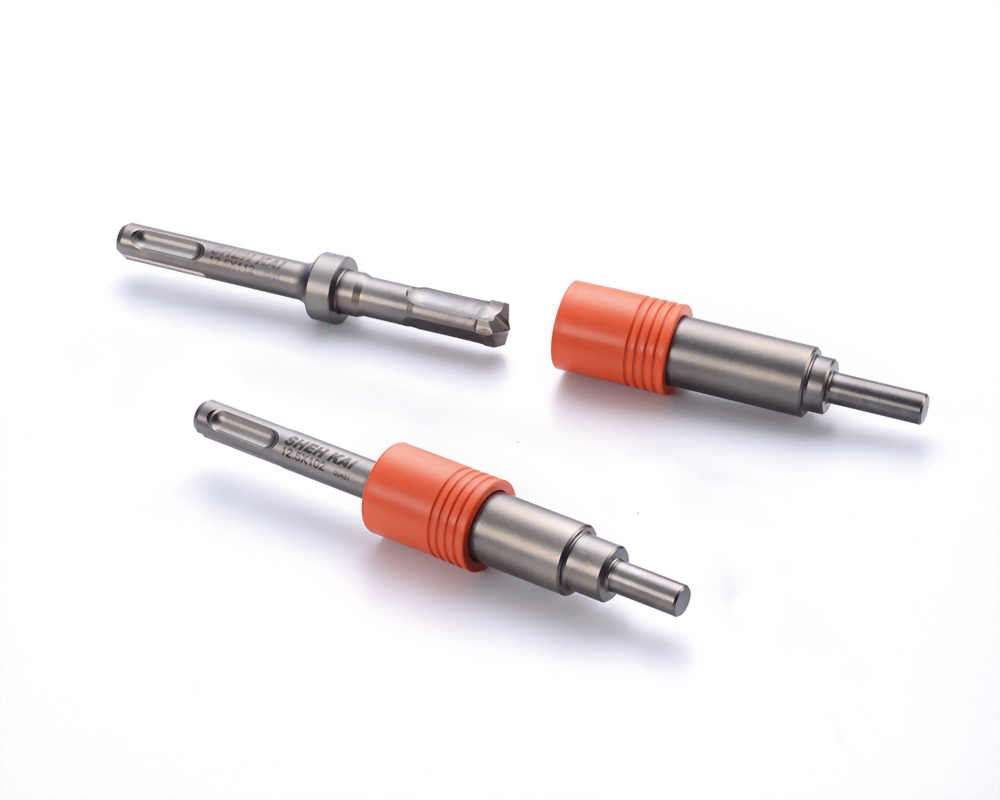

In a related issue, the voltage is proportional to the resistance across the electrodes.

Three factors affect the rate of migration: If the sample is initially dispersed, although the ions will move, they won't be neatly separated.įactors that influence the rate of electrophoresis migration (R f) Furthermore, the friction of the matrix is an important factor in the rate of migration of the ions.ģ) Note also that separation is achieved by initial application of the sample within a narrow zone (band). The matrix provides a frictional component that resists diffusion. To solve this problem, the separation is not performed in solution, but within a matrix (i.e.

we will lose the separation we have tried to achieve). It would be better to halt the separation process at some intermediate time point to permit achieve separation:Ģ) The other problem is that once the electric field is switched off, diffusion will cause the separated ions to move around (i.e. By this, we mean that if we let the process continue on until some equilibrium condition is met, all the anions will be on one electrode and all the cations will be on the other. Thus, proteins can be charged, and will migrate in an electric field.Īt this point there are a couple of things to consider:ġ) Any such separation is a non-equilibrium process. aspartic acid, glutamic acid) and positively charged (i.e. Proteins are comprised of the 20 common amino acids, which include both negatively charged (i.e. Thus, batteries have their cathode labeled as "+" and anode labeled as "-". If this terminal of the battery is being reduced, then it must be the cathode in the redox reaction within the battery. Reduction at this electrode of the battery must be occurring and is driving the oxidation at the anode of the external electrodes. Note that the electrons from the anode are going to the "+" terminal of the battery. Redox chemistry within the external power supply is driving the redox reaction at the electrodes.


 0 kommentar(er)
0 kommentar(er)
